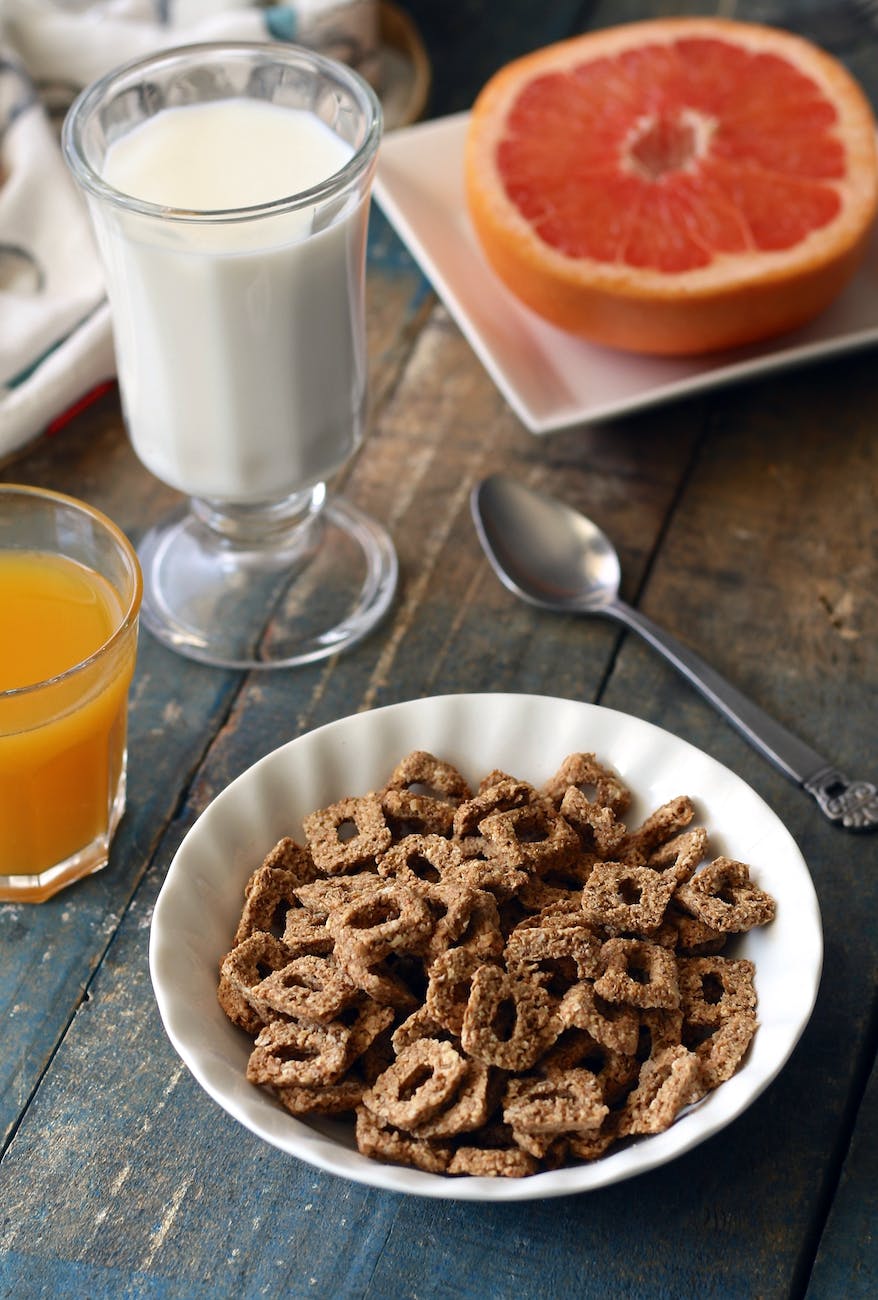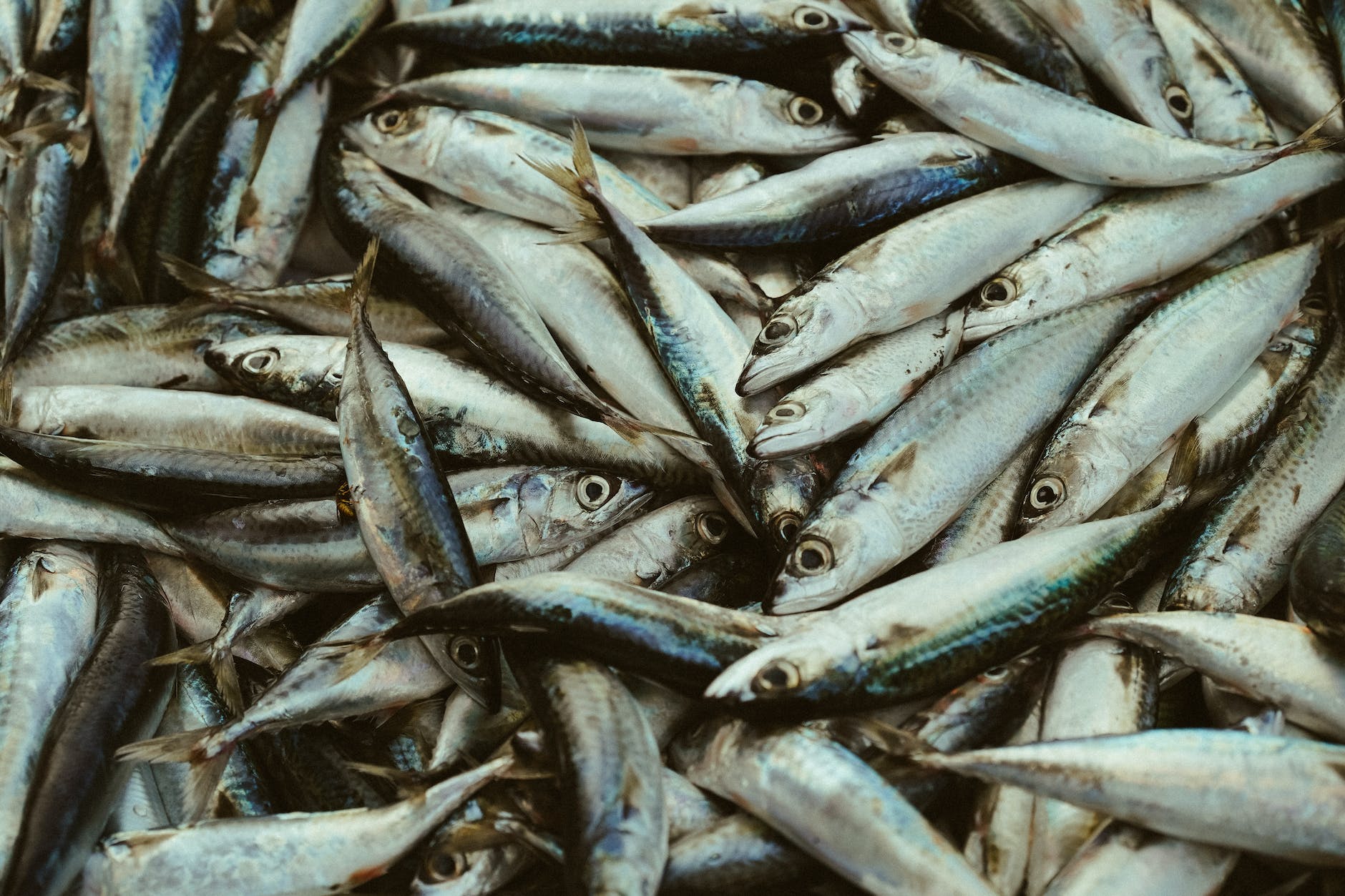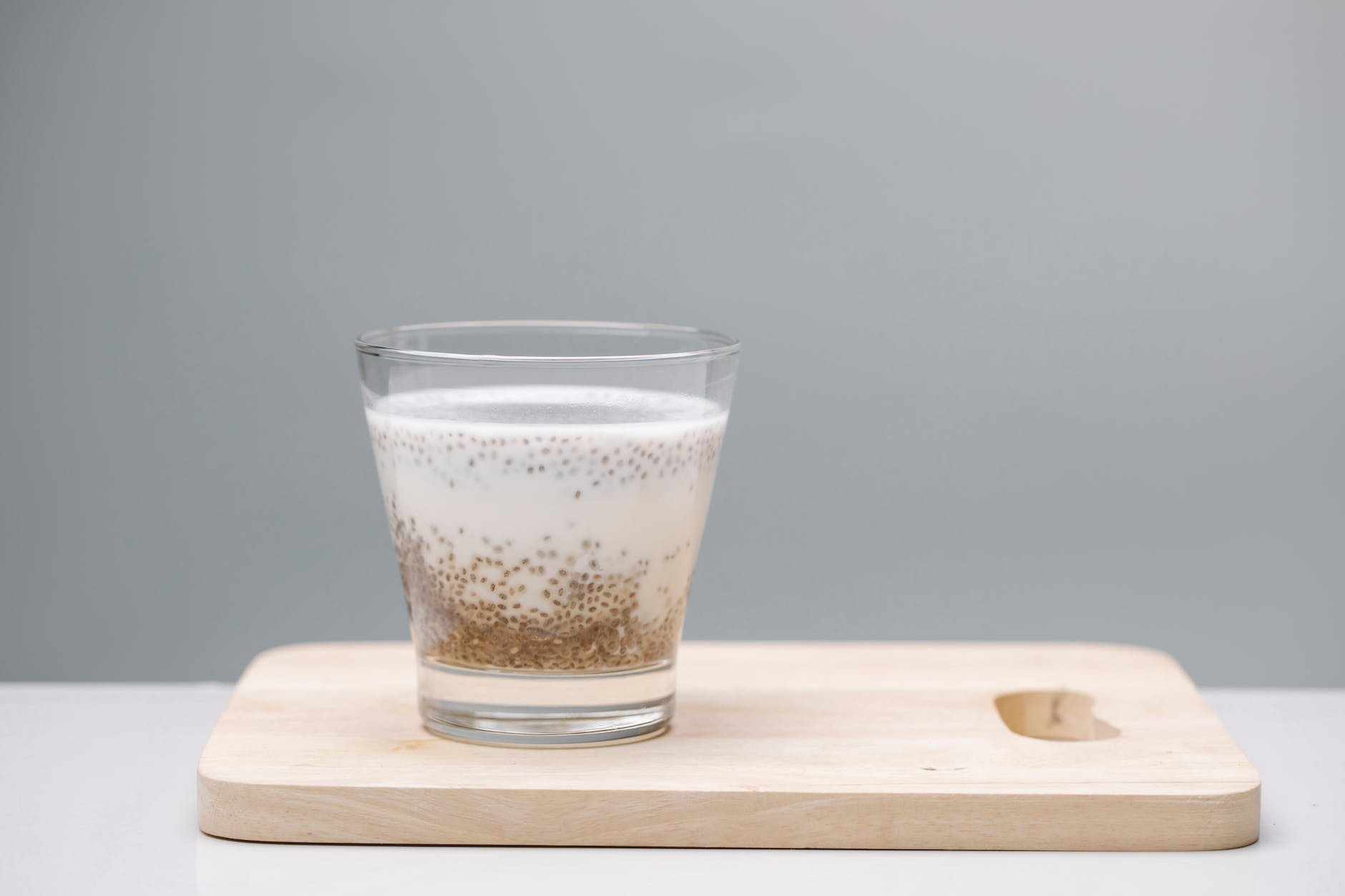Read on for more magnesium-rich foods on our list.
Part 1 can be found by clicking here.
Okra has 57 milligrams per 100 grams.
Have you ever eaten okra? This sometimes neglected vegetable may benefit your heart and eyesight and lessen your risk of diabetes.
It also contains a variety of vitamins, including A, C, K, and the majority of the B vitamins. Furthermore, it is high in minerals such as potassium, calcium, manganese, copper, and, of course, magnesium. A 100-gram portion of okra, for example, has 57 mg of magnesium.
As a result, this nutritious vegetable makes an excellent side dish and provides a good source of protein and fiber. Toss the pods in oil and spices before grilling until slightly browned!
1 cup whole grain cereal has 52.4 mg
Whole grain cereals are healthier than processed ones, not only because of their protein-rich germ but also because of their higher mineral content (magnesium included!).

The nutrient content varies based on the whole grain cereal, but you can expect to acquire roughly 52.4 mg of magnesium per 1 cup. Furthermore, this type of cereal can meet more than 20% of your daily fiber requirements!
1 oz. Peanuts have 49.9 mg.
Some people avoid peanuts because they are allergic to them. However, if it is safe to consume peanuts in your household, you should do so because they have some amazing health benefits.
Roasted peanuts have more antioxidants than blackberries and pomegranates. They’re also higher in antioxidants than carrots and beets! One of these antioxidants is resveratrol, a well-known polyphenol present in red wine that has numerous health benefits.
And, of course, these delectable legumes (yep, they’re classified as a legume!) contain 49.9 milligrams of magnesium per one-ounce serving. They’re also high in B vitamins, copper, and heart-healthy monounsaturated fats.
Scallops have 44 milligrams per 100 g
Scallops are a popular seafood for good reason: they contain more than 80% protein! A 100 g meal has 24 grams of protein and only 137 calories. They’re also high in magnesium (44 mg per 100 g) and potassium.
Plus, scallops are high in selenium, an antioxidant mineral that both reduces bone loss and promotes bone formation. A 100-gram meal contains 25.5 mcg of selenium, which is more than 40% of your daily requirement. Not to mention that they’re high in bone-healthy omega-3 fatty acids.
100 grarms of Prunes contain 41 milligrams.
Prunes have a lot to offer in terms of health. Because dehydrated fruit has had its water removed, the concentrated version is more calorie and nutrition-packed than fresh fruit.
So, while some minerals, such as vitamin C, are lost after drying, the magnesium level stays high. In reality, 100 grams of prunes (about 10 fruits) contain 41 mg of magnesium.
When buying prunes, just make sure to read the label for extra sugar and preservatives. You should look for natural prunes with no additional sugar. This fruit is naturally sweet, and too much sugar is bad for your bones.
Prunes may also aid bone health, according to research.
One medium potato has 39 mg.
Potatoes have a terrible reputation for being high in calories. But, as with most foods, they can be part of a healthy diet if you don’t overeat.
Potatoes, in fact, are high in fiber, potassium, vitamin C, and vitamin B6. And, of course, they have a good amount of magnesium. One medium-cooked potato contains 39 milligrams of magnesium.
So, the next time you crave fries, don’t hold back! Simply make them at home to regulate the salt content and bake them in the oven rather than frying them for a healthier version.
100 grams of Wild and Brown rice have 37 milligrams.
In terms of nutrients, whole grains outperform processed grains — and rice is no exception! Brown and wild rice, unlike white rice, retain their outer husks. And these husks are loaded with beneficial elements. As a result, brown and wild rice contains 37 mg of magnesium per 100 grams.
To put it into context, that’s less than half a cup of rice for a lot of magnesium. In fact, one cup of cooked rice has 80.3 mg of magnesium! These rice varieties are also high in phosphorus, potassium, and B vitamins.
100 grams of Salmon has 37 milligrams.
Salmon is well-known for its delicate, refreshing flavor. Furthermore, it is a really nutritious diet! Salmon is high in bone-healthy minerals like potassium, selenium, and, of course, magnesium, in addition to the essential omega-3 fatty acids.
Magnesium is present in 37 mg per 100 grams of Salmon. And here’s a fun fact: the carotenoids in Salmon’s diet, such as the antioxidant astaxanthin, are responsible for its gorgeous pink hue. Check out our page “What is Astaxanthin?” to learn what makes astaxanthin a bone-health superstar (and where you can obtain it!).
Pollock has 37 milligrams per 100 g
Another popular seafood option is pollock. This mild, white fish has a flavor comparable to haddock or cod and is occasionally used in fish & chips. However, for a healthier meal, bake it in the oven or grill it in a skillet! Pollock is also nutritious.

This fish is a good source of lean protein, which is important for bone health. It’s also low in saturated fat and high in omega-3 fatty acids.
It’s also high in minerals, including (you guessed it!) magnesium. Magnesium is included in 37 mg per 100 grams of pollock. So you should absolutely add this fish to your supper rotation.
Soy milk has 36.6 mg per cup.
If you’re lactose intolerant or simply want to reduce your dairy consumption, soy milk is a terrific option. It is low in saturated fat and high in protein. Furthermore, soy milk is generally supplemented with some of the same nutrients as regular milk, such as riboflavin, calcium, and vitamins A and D.
Soy milk, on the other hand, does not need to be artificially fortified with magnesium because it is naturally high in this bone-healthy mineral! In reality, a cup of soy milk contains around 36.6 mg of magnesium.
Do you want to know how it’s made? It’s basically water mixed with ground soybeans (thus the high magnesium concentration).
Simply check the label to ensure that the soy milk you buy is derived from natural soybeans. A synthetic type of soy protein that lacks the advantages of the full food. Here’s a quick trick to tell the difference: When soy milk is manufactured naturally, the phrase “whole soybeans” is frequently included on the ingredient list.
100 grarms of Lentils have 36 milligrams
Lentils are perhaps best known for their cardiovascular advantages. This nutrient-dense legume is high in fiber, folic acid, and potassium, all of which are beneficial to heart health. Lentils are also high in protein, iron, and calcium, which is why they’re popular among vegetarians. In addition, all of these nutrients are excellent for your bones!
And, of course, lentils are high in magnesium: 100 g contains 36 mg. So why not include lentils in your meal plans? They make an excellent side dish, and you can even purchase healthy, lentil-based noodles in the grocery store these days.
100 grams of Oysters contain 36 milligrams.
Oysters are a wonderful treat that also has some incredible health advantages. Oysters, like most shellfish, are strong in anti-inflammatory omega-3 fatty acids. They’re also high in protein and minerals that support bone health, such as calcium, iron, selenium, zinc, and, yes, magnesium.
Each 100 grams (about 10 eastern oysters or three Pacific oysters) contains 36 mg of magnesium. Furthermore, oysters are high in vitamin B12, an essential vitamin that promotes neurological function and energy levels. In fact, 100 grams of oysters contain more than 6 times the daily necessary for this vitamin!
100 grams of Rockfish have 33 milligrams.
Rockfish, also known as Pacific red snapper and black bass, is a meaty white fish high in omega-3 fatty acids. All species of rockfish provide 33 mg of magnesium per 100 grams (a bit less than a complete filet).
Rockfish is extremely high in bone-building selenium – 100 grams would more than meet your daily requirement! Finally, this fish is a rare vitamin D food source. And, of course, vitamin D is essential since it aids in the absorption of calcium, which your bones require to be strong, healthy, and fracture-free.
100 grams of Kale has 33 milligrams
Kale is another dark, leafy green that has gained popularity in recent years due to its great health benefits. Kale is often regarded as a “superfood” by many people. And it’s no surprise, given that this nutrient-dense superfood contains more iron per ounce than meat!
It’s also high in calcium, potassium, and, of course, magnesium, all of which are important nutrients for your bones. Kale has 33 milligrams of magnesium per 100 grams. Finally, kale is high in vitamin K1, which is necessary for the production of osteocalcin, a protein vital for bone health.
100 grams of Bulgur have 32 milligrams.
Bulgur is a lesser-known cracked wheat whole grain. It’s a smaller grain than rice, like a cross between couscous and quinoa. It’s also high in nutrients that your body and bones require!
Bulgur has potassium, selenium, and, yes, magnesium, all of which are beneficial to bone health. Bulgur has 32 milligrams of magnesium per 100 grams. Furthermore, bulgur is high in fiber, which aids digestion and intestinal health.
One medium banana has 31.9 mg.
Did you know that the scientific name for banana, musa sapientum, means “fruit of the wise man”? And bananas are an excellent fruit to include in your diet…
They’re high in bone-building nutrients like potassium and magnesium. In fact, they are one of the world’s richest sources of potassium! In terms of magnesium, one medium banana has approximately 31.9 mg of this crucial element.
1 cup of yogurt has 29.4 mg of magnesium.
Yogurt is a popular breakfast, snack, and even dessert. So it’s nice to know it offers a lot of health benefits. It has a lot of protein. It could aid with digestion. And, of course, it contains a variety of essential elements, not the least of which is magnesium!

A cup of whole milk yogurt contains 29.4 milligrams of magnesium. You also get a lot of calcium – approximately 296 milligrams per cup. You should also think twice about buying low-fat yogurt. Full-fat variants have more nutritional content and, according to studies, will not cause you to gain weight.
Indeed, multiple long-term studies have revealed that persons who consume full-fat dairy tend to be slimmer and less prone to gain weight. Keep in mind that these are correlational studies, so take them with a grain of salt! They do, however, advocate for the consumption of full-fat dairy in a balanced diet.
100 grams halibut has 28 gram
Because halibut is a low-fat fish, it lacks the bone-healthy omega-3 fatty acids found in higher-fat fish such as Salmon. It is, however, a wonderful source of lean, high-quality protein, as well as a good source of vitamins and minerals.
A 100-gram chunk of halibut (less than half a filet) contains 28 mg of magnesium. It’s also high in vitamins, including vitamin D, A, and B vitamins like niacin (B3), pyridoxine (B6), and B12. These nutrients help with anything from brain function to calcium absorption!
100 grams of Broccoli has 21 milligrams
Broccoli is widely regarded as one of the world’s healthiest foods, and the title is well-deserved!
Did you know that the phytochemicals in broccoli have cancer-fighting properties? Broccoli is also high in bone-building minerals like calcium, potassium, and magnesium. In reality, it contains 21 mg of magnesium per 100 grams (about a cup of raw broccoli).
Vegetables, such as broccoli and cauliflower, are high in carotenoids (a kind of vitamin A), which can help with joint pain. Carotenoids protect cells against inflammatory cytokines, which tear down collagen and cause discomfort in joints. And the list of nutrients continues… Broccoli is also high in fiber, vitamins B, E, and A, and the omega-3 fatty acid ALA.
Greens, nuts, seeds, dry beans, whole grains, wheat germ, wheat, and oat bran are all high in magnesium.
Is it possible to have too much or too little magnesium?
The magnesium found naturally in food is not dangerous and should not be restricted. Magnesium in dietary supplements and pharmaceuticals should not be consumed in excess of the upper limit unless prescribed by a physician. The most common side effects are cramps and diarrhea.
Magnesium scarcity
A deficit caused by inadequate dietary intake is uncommon in healthy adults. However, continuing magnesium insufficiency can occur as a result of certain health disorders, like alcoholism, Crohn’s disease, celiac disease, intestinal surgery, and/or the use of certain drugs.
Loss of appetite is one of the first symptoms of magnesium insufficiency.
- Nausea.
- Vomiting.
- Fatigue.
- Weakness.
Other symptoms, such as numbness, may appear as magnesium insufficiency worsens.
- Tingling.
- Muscle cramps and contractions.
- Seizures.
- Personality evolves.
- Heart rhythm problems.
- Spasms in the heart.
To Conclude
That’s all there is to it! Include these foods in your diet if you want to increase your magnesium intake.
